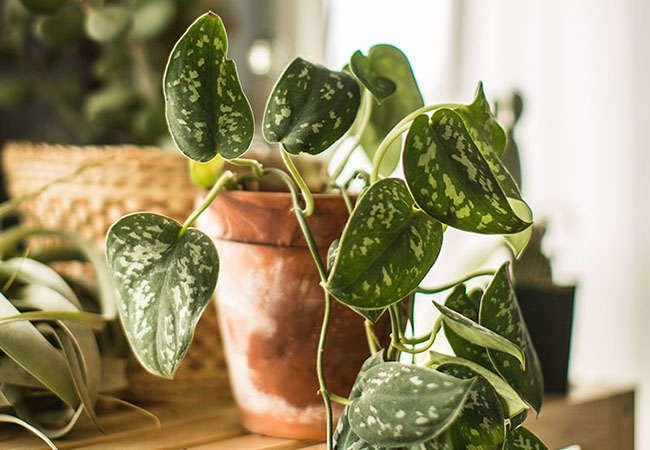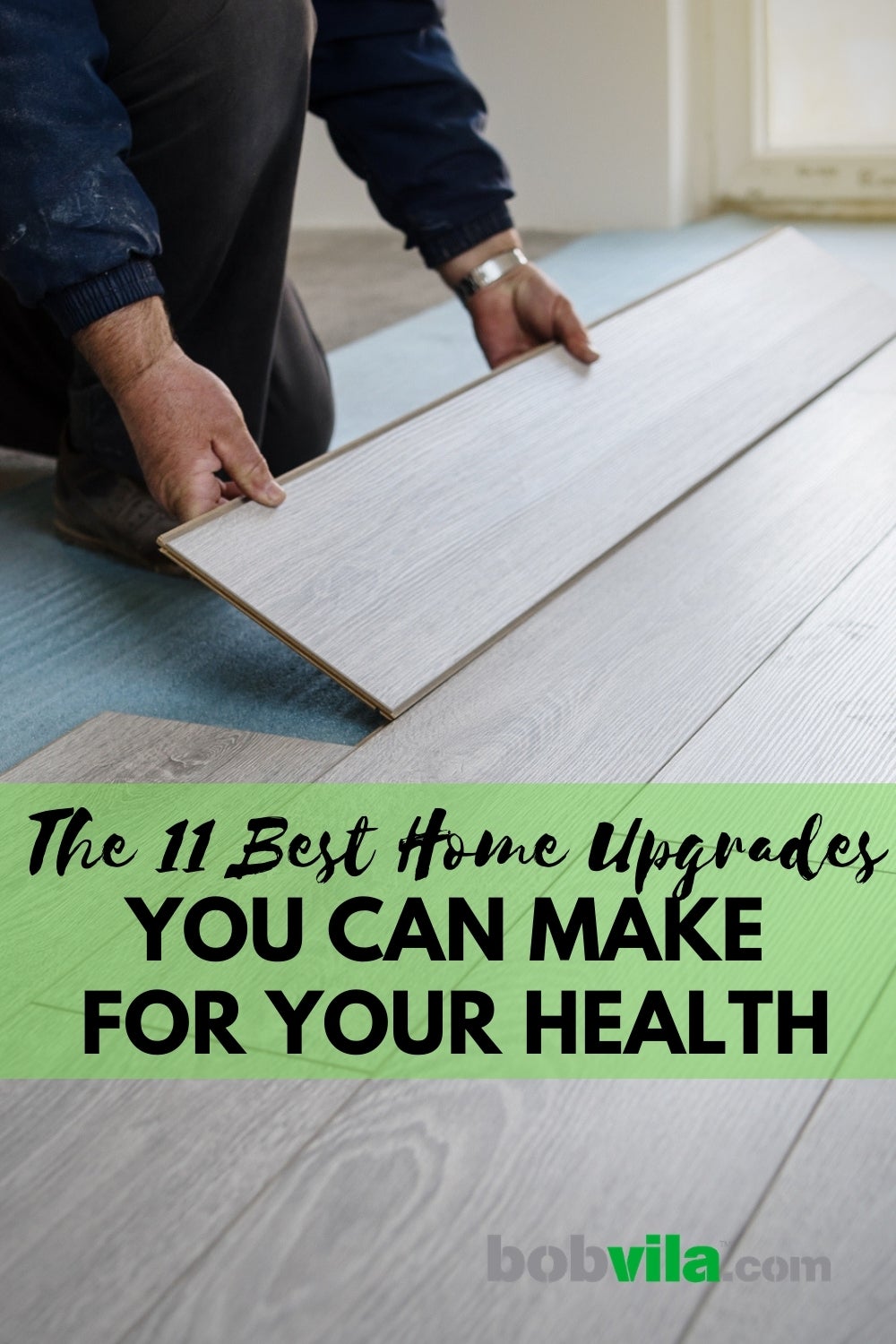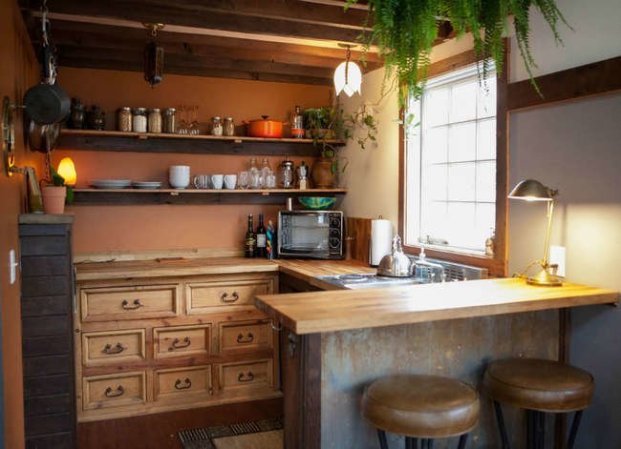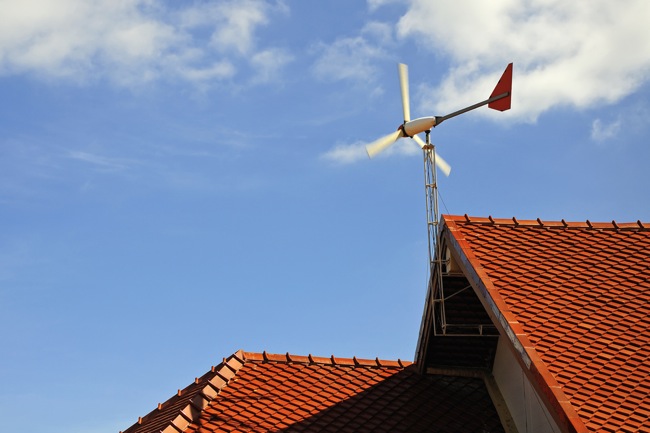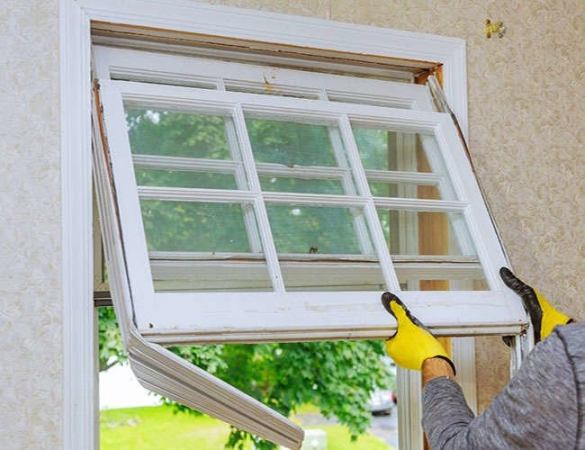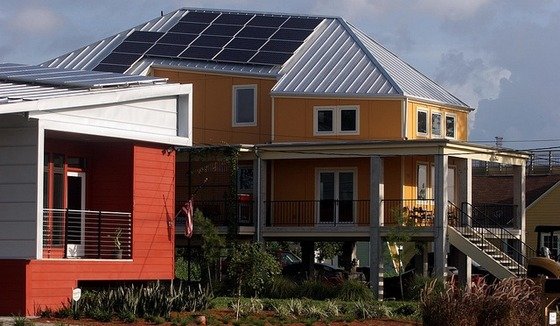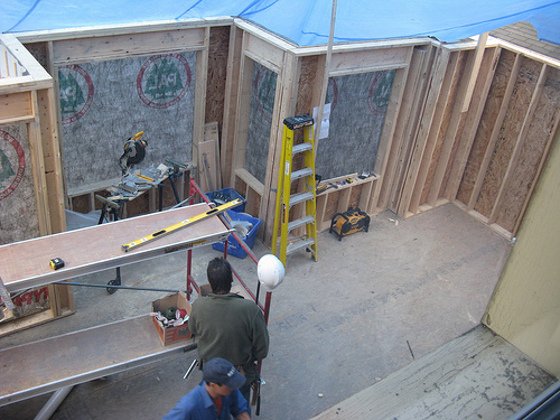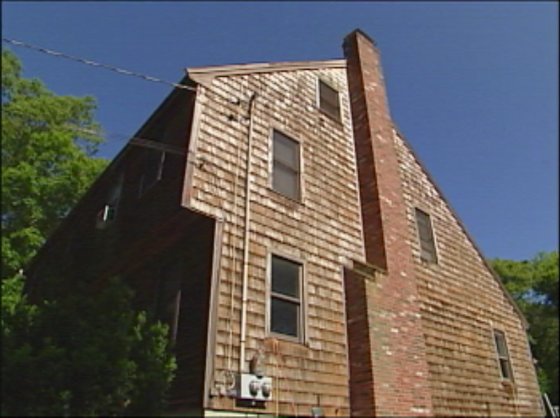We may earn revenue from the products available on this page and participate in affiliate programs. Learn More ›
A Healthy Home
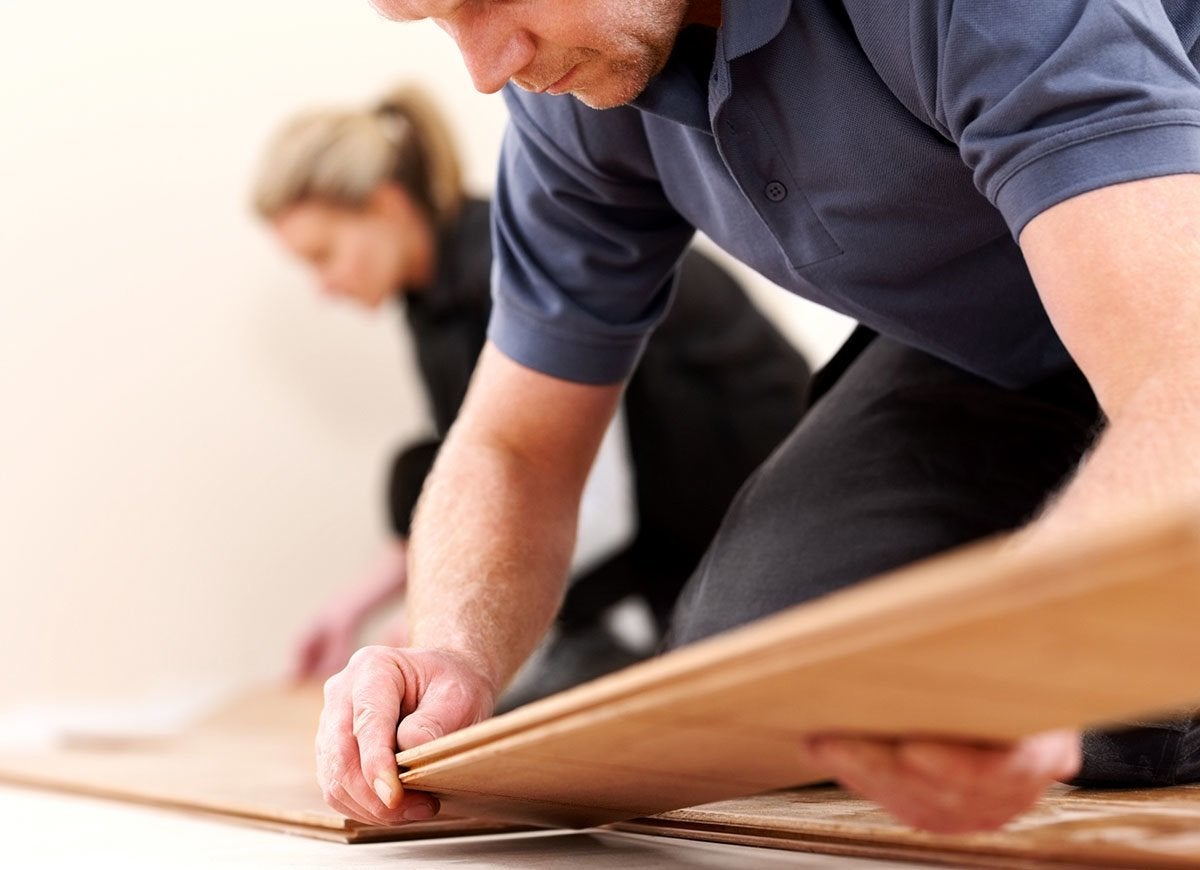
Some of the best home upgrades improve your health as well as your house, and can boost resale value as well. Though the initial costs for a few of these improvements are high, you’ll reap savings over time and experience immediate health benefits. Even simple fixes can have a big impact—for instance, switching out an old furnace filter. It’s important to replace the furnace filter every 90 days to prevent dust from getting recirculated throughout the house, even in the warmer months when the furnace isn’t running. Other upgrades, such as installing new flooring, require a little more money, time, and planning. If you do decide to replace your flooring, focus on nontoxic materials that are certified to keep you and your family healthy for years to come. One good option is a natural hardwood floor that contains no VOCs (volatile organic compounds) and doesn’t off-gas. If you want to go even further with your green flooring upgrade, complete the job with VOC-free adhesives and wood fillers.
Whole-House Water Filter
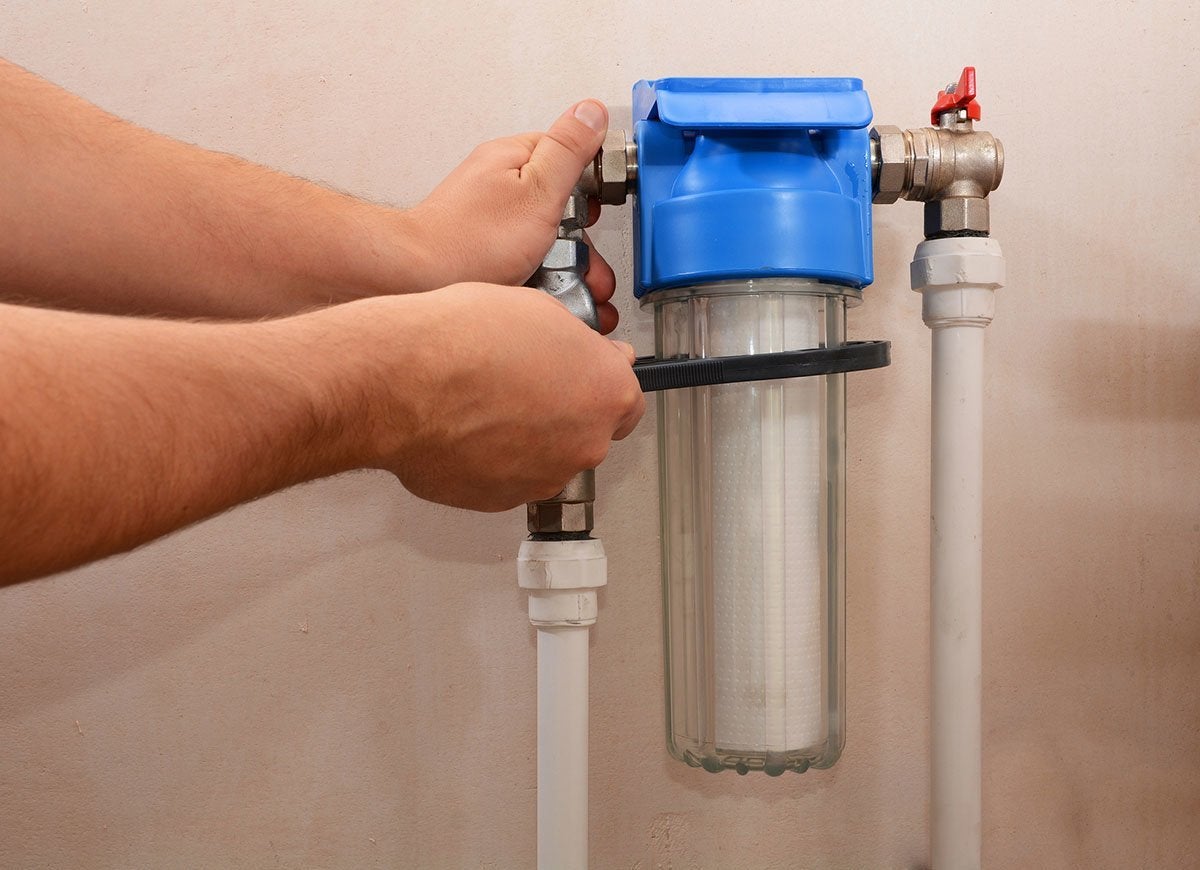
Tests are revealing that industrial “forever chemicals” (per- and polyfluoroalkyl substances) are found in higher levels in drinking water across America than previously thought. Keep your family safe from lead, chlorine, and industrial chemicals with a whole-house water filtration system.
Related: 5 Signs You Need to Start Filtering Your Home’s Water
Nontoxic Paint
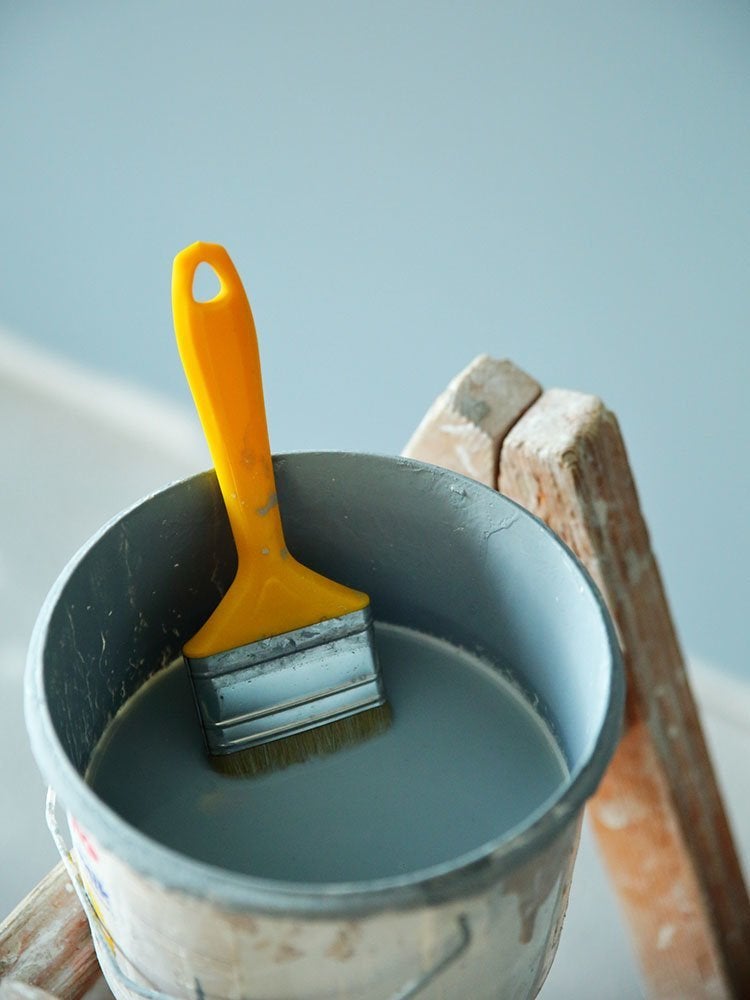
If your home was built prior to 1978, you’ll need to test the paint for lead before you embark on a renovation. You can choose to just paint over the old paint, providing it is in good condition. But avoid sanding lead-based paint, as this will release lead dust into your home. Also, when choosing a new paint, always look for the least toxic option. Traditional oil and latex paints leach harmful gases that can cause eye and respiratory irritation, dizziness, and other health issues. Look for paints that have no VOCs and are Green Seal-certified, which means that they do not contain certain heavy metals, carcinogens, and ecologically harmful compounds that are often found in other paints.
Related: How to Remove Lead Paint
HVAC and HEPA Filters
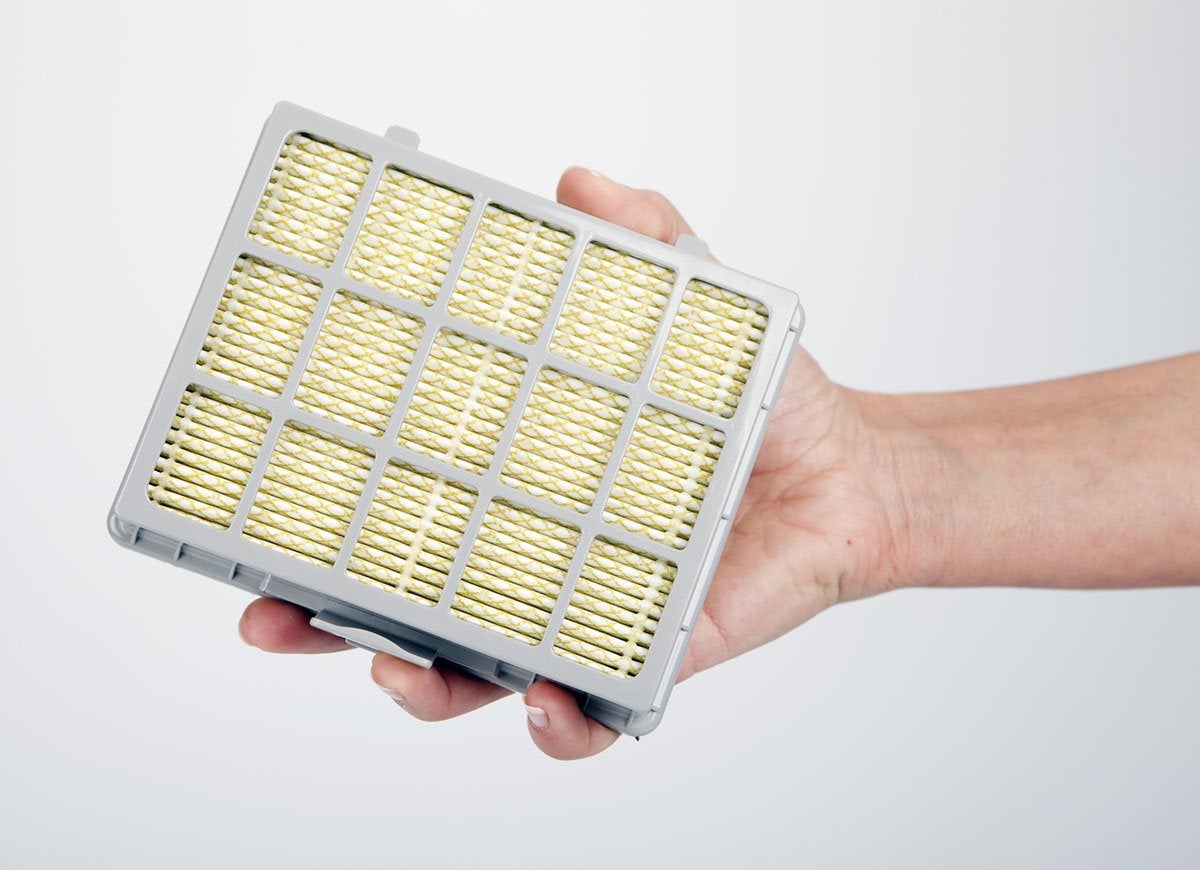
To improve indoor air quality, considering upgrading your furnace filter. This model from Enviroklenz promises to capture VOCs and other toxic particles that typical filters miss. If you suffer from allergies or asthma, another option is a HEPA filter, which is available for both HVAC systems and portable air purifiers. For maximum allergen reduction, make sure your vacuum is equipped with a HEPA filter as well.
Green Mattresses
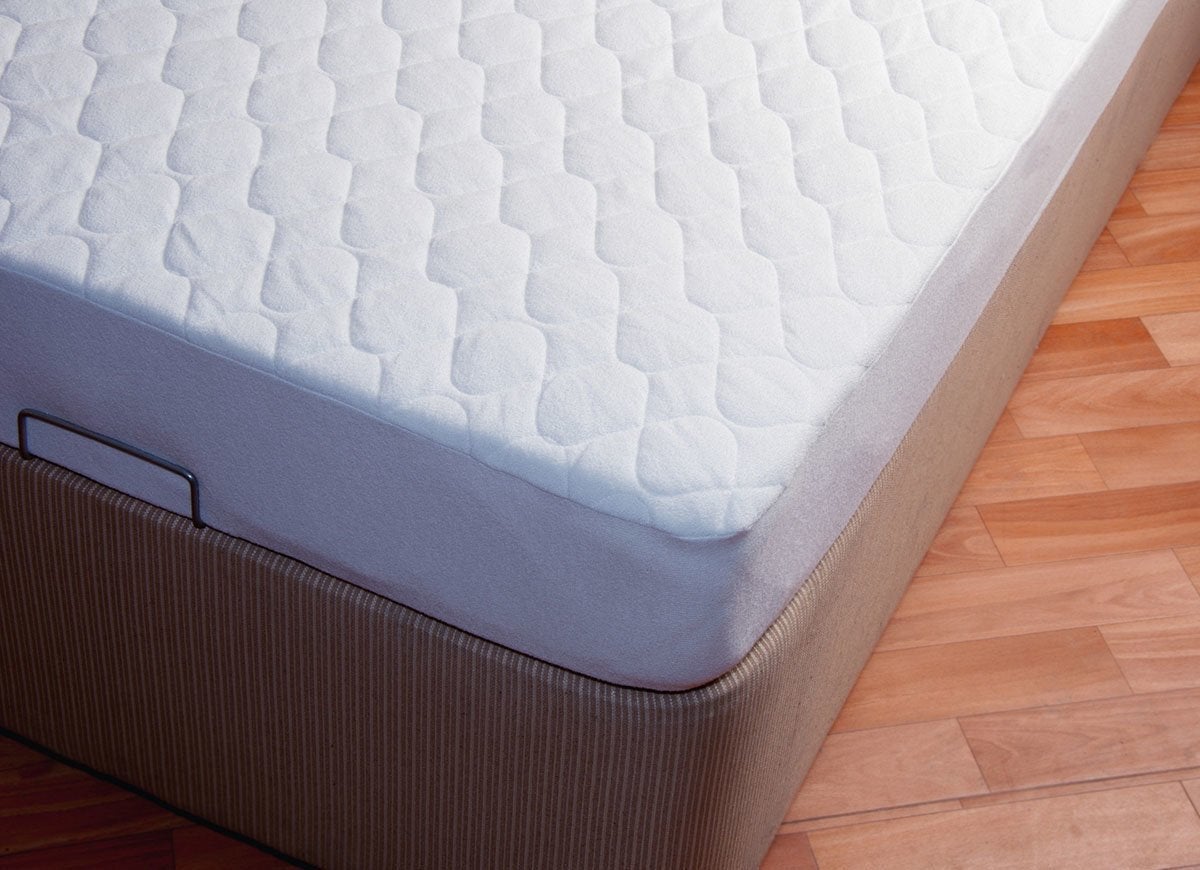
Many conventional mattresses contain chemicals that have been flagged as health risks. In fact, the Consumer Product Safety Commission issued a warning in 2017 advising consumers to avoid organohalogen flame retardants (OFRs) which are often present in toys, furniture, and mattresses. When shopping for a new mattress—especially for a child—look for brands that are certified chemical-free.
Related: 12 Things No One Tells You When You’re Buying a Mattress
CARB-Compliant Wood
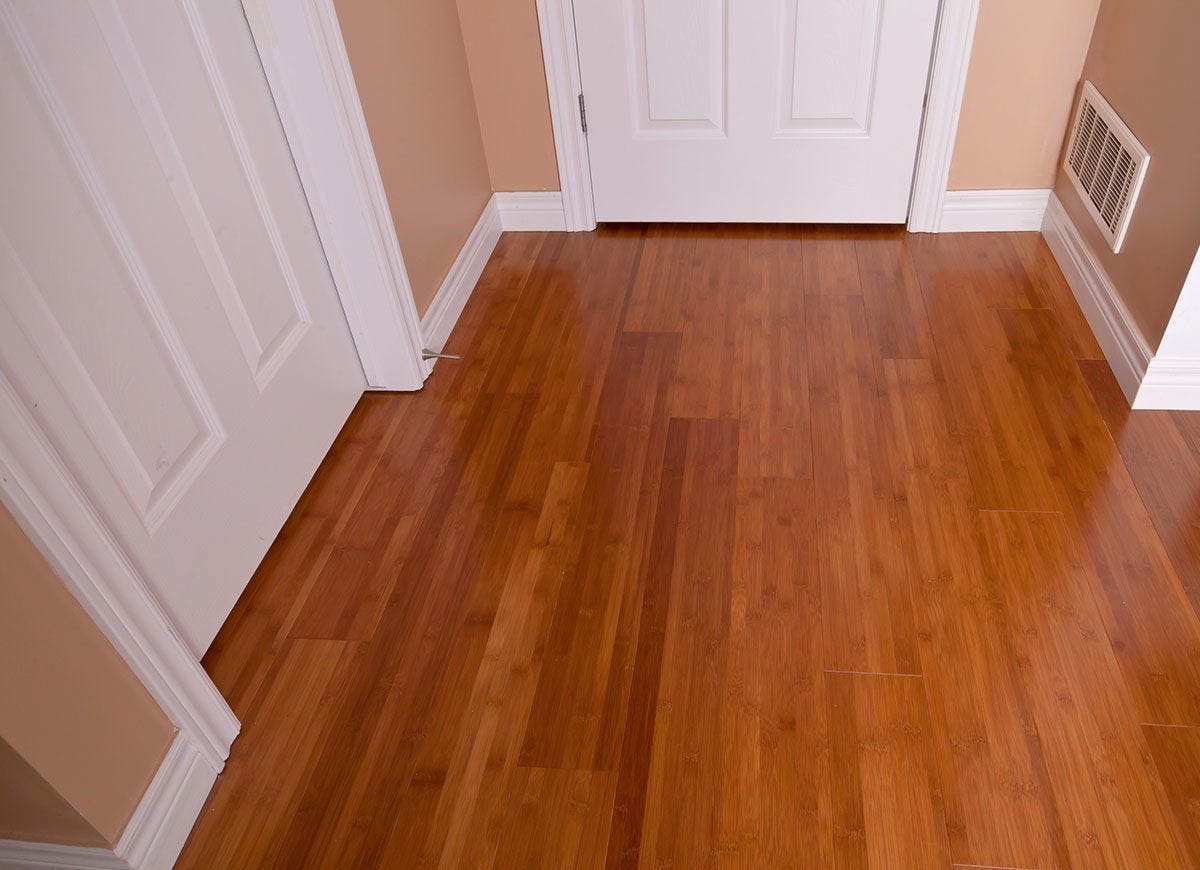
Even natural materials like wood can be laced with toxic chemicals. For instance, particleboard and pressed and composite wood often contain formaldehyde, a chemical that can cause skin and respiratory irritation in the short term, and may even cause cancer with long-term exposure. For home improvements, furnishings, and other wood-related projects, choose sustainably grown hardwoods or CARB-compliant wood products, which adhere to strict standards set by the California Air Resources Board.
Central Vacuum System
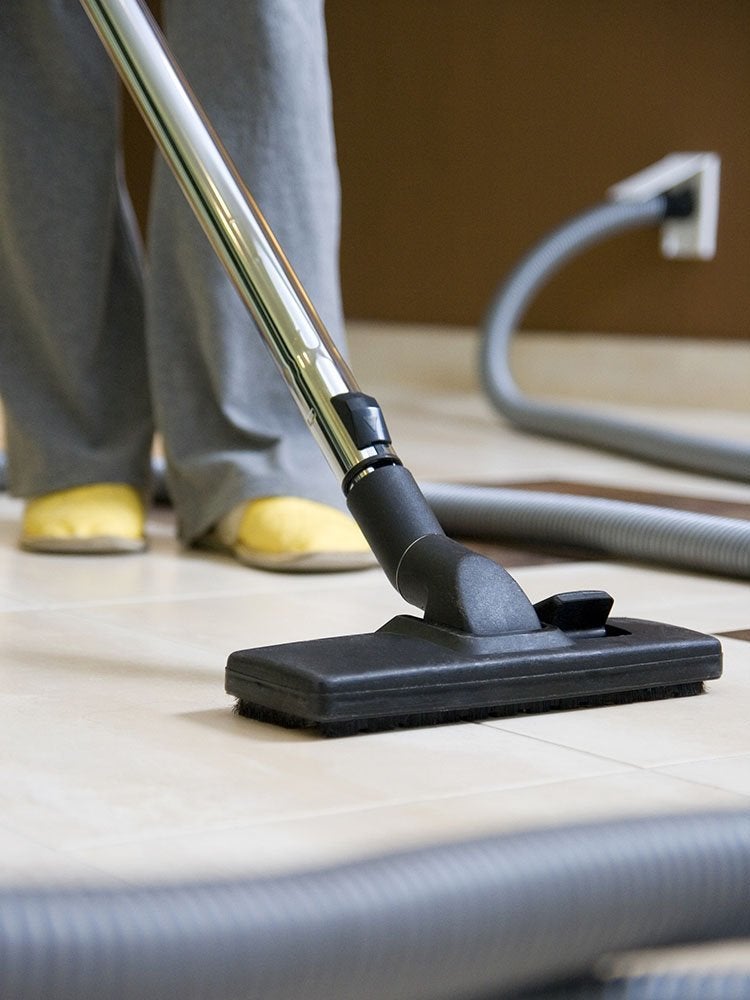
A central vacuum system is the stuff of dreams—and about as close as you can get to a self-cleaning home. The system consists of a central power unit, typically installed in the basement or utility room, which is connected via piping to a series of inlets installed on the walls of your home. When it’s time to vacuum a room, just attach a hose to the closest inlet and start sucking up dust, dirt, and small debris. The benefits? The central unit is typically much more powerful than a portable vacuum, so it picks up more dirt and allergens more quickly, and everything it sucks up is pulled out of the house and deposited into a canister or bag near the central power unit.
Soundproofing

With leaf blowers, car alarms, construction, and partying neighbors, the world just seems to be getting noisier. A little soundproofing can make your home a refuge from all the racket. Install sound-dampening materials like acoustic tiles and extra drywall, and fill in gaps around doors and windows with weatherstripping to absorb and block sound, protecting your home and family from noise pollution, which can cause stress and anxiety, and trigger PTSD.
Lime Plaster
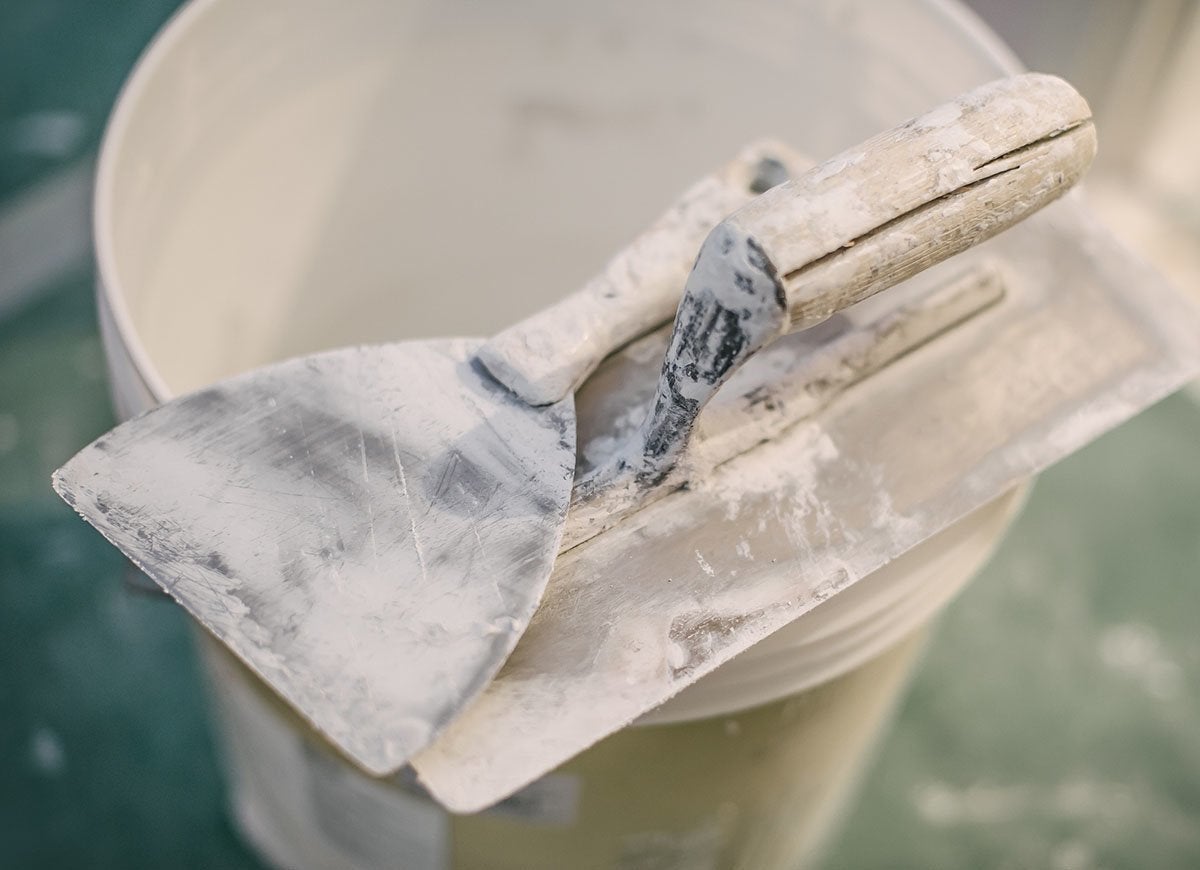
Your choice of building materials can affect your health for decades, so do your homework before you embark on a home addition or other renovation. One green building choice that comes with health benefits is adding a coat of lime plaster over drywall. The material is less prone to cracking than cement plaster, and it also repels mold and bacteria growth and is weather-resistant.
Interior Garden
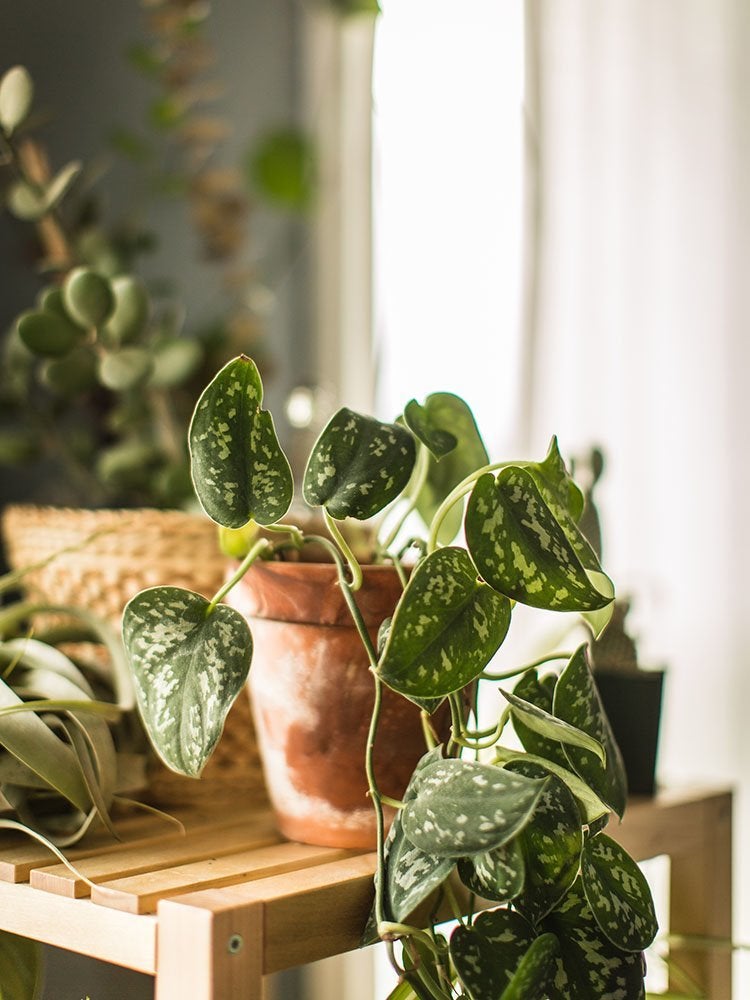
There isn’t much that beats Mother Nature’s healing, healthful properties. Capitalize on her powers by filling your home with plants. Houseplants boost air quality and balance indoor humidity, and they’re also a boon for mental and emotional health. If you opt for an indoor herb garden, you’ll even be able to add essential micronutrients to your diet.
Radon Detector
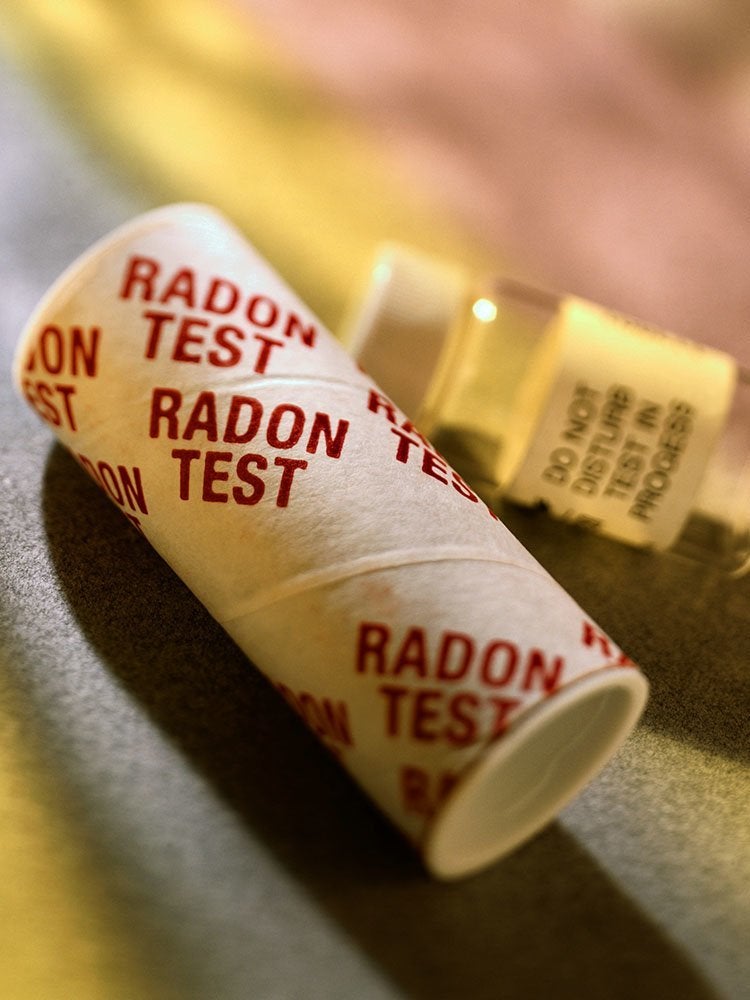
Radon is a naturally occurring radioactive gas produced by the breakdown of uranium in the soil. As it is drawn up from the organic matter beneath your home’s foundation, it can become trapped in indoor spaces. Over time, radon exposure may lead to lung cancer. According to the EPA, at least 1 in every 15 U.S. homes has radon levels above the recommended guidelines. To mitigate the danger, install a radon detector in your home, especially in the basement where radon levels are likely to be at their highest. If radon levels in your home are high, follow the American Lung Association’s three steps to eliminate the risk.
Natural Lighting
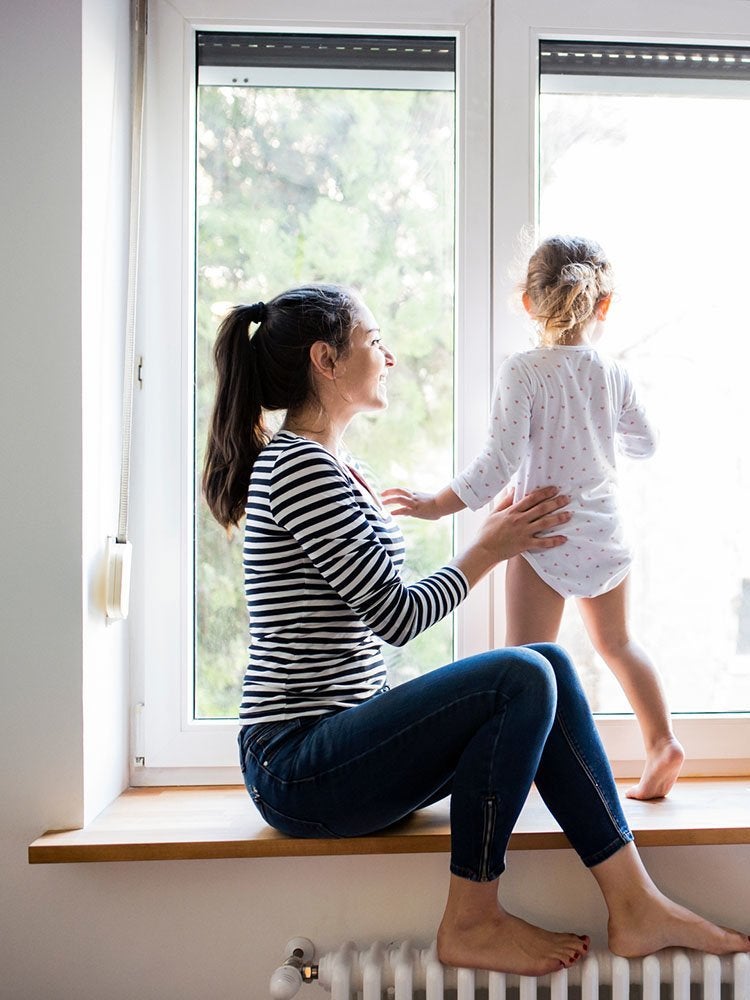
Daylight pouring in from windows (as well as light bulbs that mimic daylight) can do wonders for your mood and mental health. Adding an energy-efficient window can cost upwards of $1,000, but the benefits—which include increased home resale value and savings in energy costs—outweigh the initial outlay.
